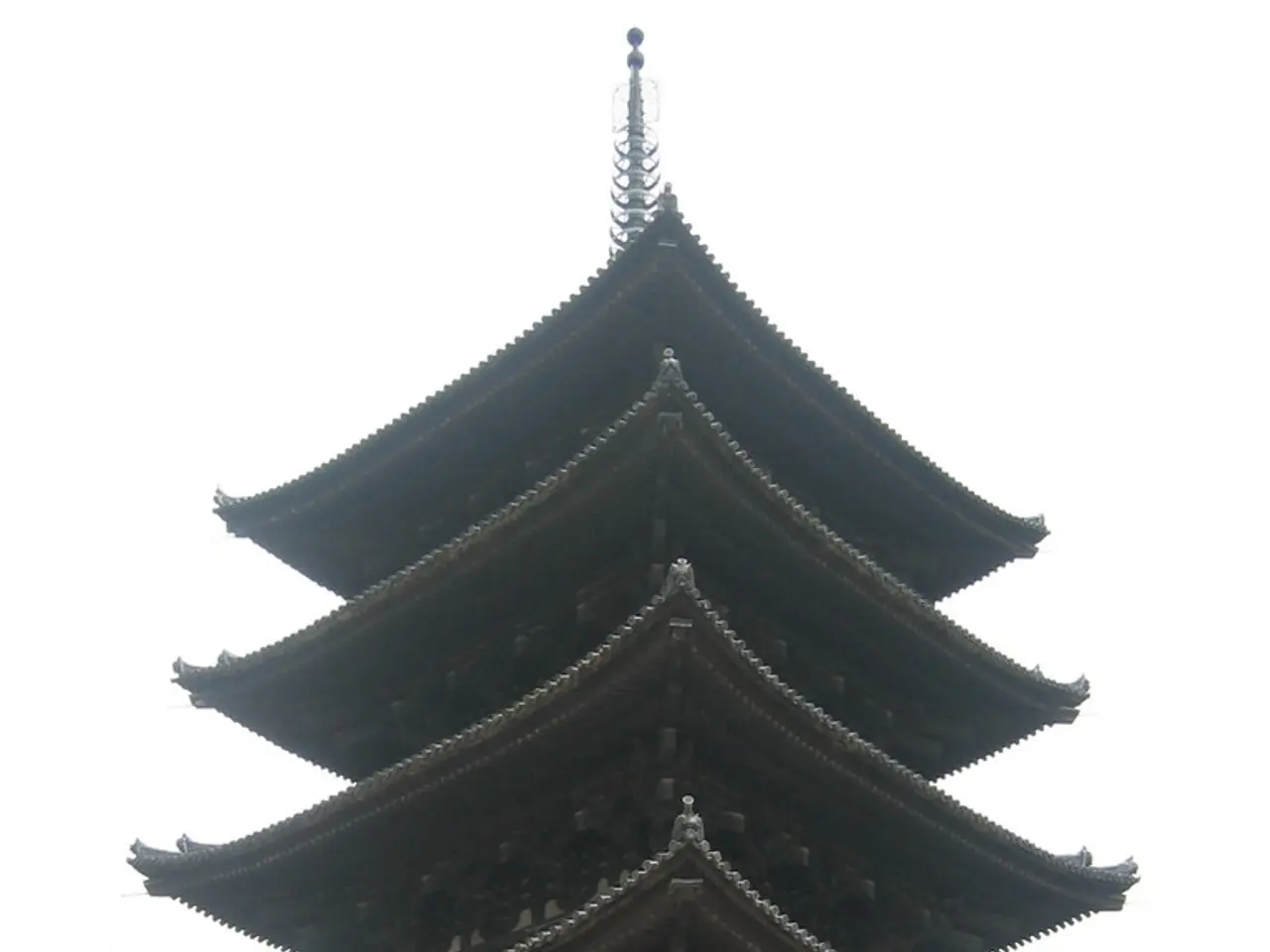Aluminum Industry Overhaul in China: Combating Excess Production and Plummeting Revenues
In the heart of China's manufacturing hub, Guangdong province, the aluminum industry is grappling with a self-defeating cycle known as "involution." This cycle, characterized by excessive competition leading to overcapacity and diminishing returns, has become a significant challenge for the sector.
Despite efforts to specialize and move away from commodity products, product homogenization remains widespread. However, some companies are exemplifying the strategic shift necessary for survival. Guangdong Mingzhu Metal Material Technology Co., for instance, is launching a production line for "7-series" aluminum and developing expertise in complex aluminum, prioritizing high-value applications in strategic sectors like aerospace and EVs.
China's leadership recognizes the destructive potential of industrial involution and has made addressing it a national economic priority. Measures range from production caps in coal mining to environmental regulations that are reshaping the industry. Strict carbon emissions controls disproportionately affect smaller, less efficient aluminum producers, encouraging development of proprietary manufacturing techniques and technological upgrading over capacity expansion.
Shandong Nanshan Aluminum Co., a major producer, has taken drastic measures to remain viable, including closing 120,000 tons of capacity and shifting focus to higher-end industrial and automotive products. Foshan Golden Source Precision Manufacturing Co., another company in the province, is demonstrating how a multi-phase adaptation strategy can help companies navigate changing market conditions, with a focus on high-speed rail systems, electric vehicles, and aviation applications.
The Made in China 2025 policy further emphasizes technological upgrading over capacity expansion, providing incentives for companies that successfully move up the value chain. Regional production quotas restrict expansion in high-pollution areas, while energy consumption limits create barriers to entry and force technological upgrades. Green manufacturing requirements accelerate consolidation around larger, more efficient players.
The economic challenges faced by the aluminum processing sector include critical underutilization of capacity, severe price competition, rapidly shrinking profit margins, and accelerating market consolidation. Processing fees have reached historic lows as companies desperately compete for dwindling orders. Best-performing aluminum processors now operate at just 60-70% capacity, weaker companies function at only 40-50%, and industry experts consider 80% the minimum threshold for healthy operation.
The collapse of China's property market since 2020 has devastated the demand for architectural aluminum products, leading to underutilization of capacity. Rapid capacity expansion continues despite overcapacity concerns, exacerbating the involution cycle.
However, there is no specific information available about companies in Guangdong, China, currently undergoing strategic restructuring to survive in the evolving aluminum industry. It remains to be seen how these companies will navigate the challenges and seize the opportunities presented by the industry's shift towards specialization and high-value products.
Read also:
- Understanding Hemorrhagic Gastroenteritis: Key Facts
- Trump's Policies: Tariffs, AI, Surveillance, and Possible Martial Law
- Expanded Community Health Involvement by CK Birla Hospitals, Jaipur, Maintained Through Consistent Outreach Programs Across Rajasthan
- Abdominal Fat Accumulation: Causes and Strategies for Reduction








